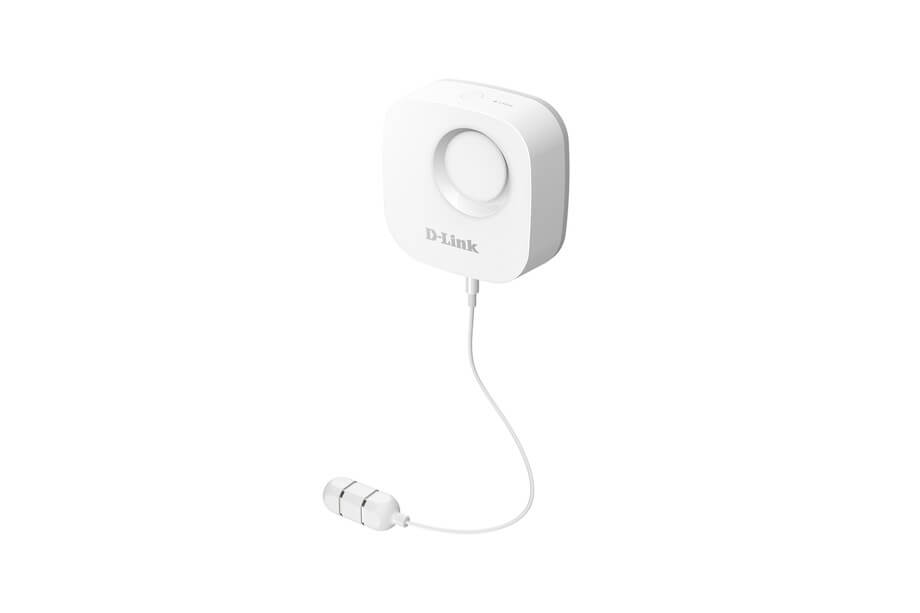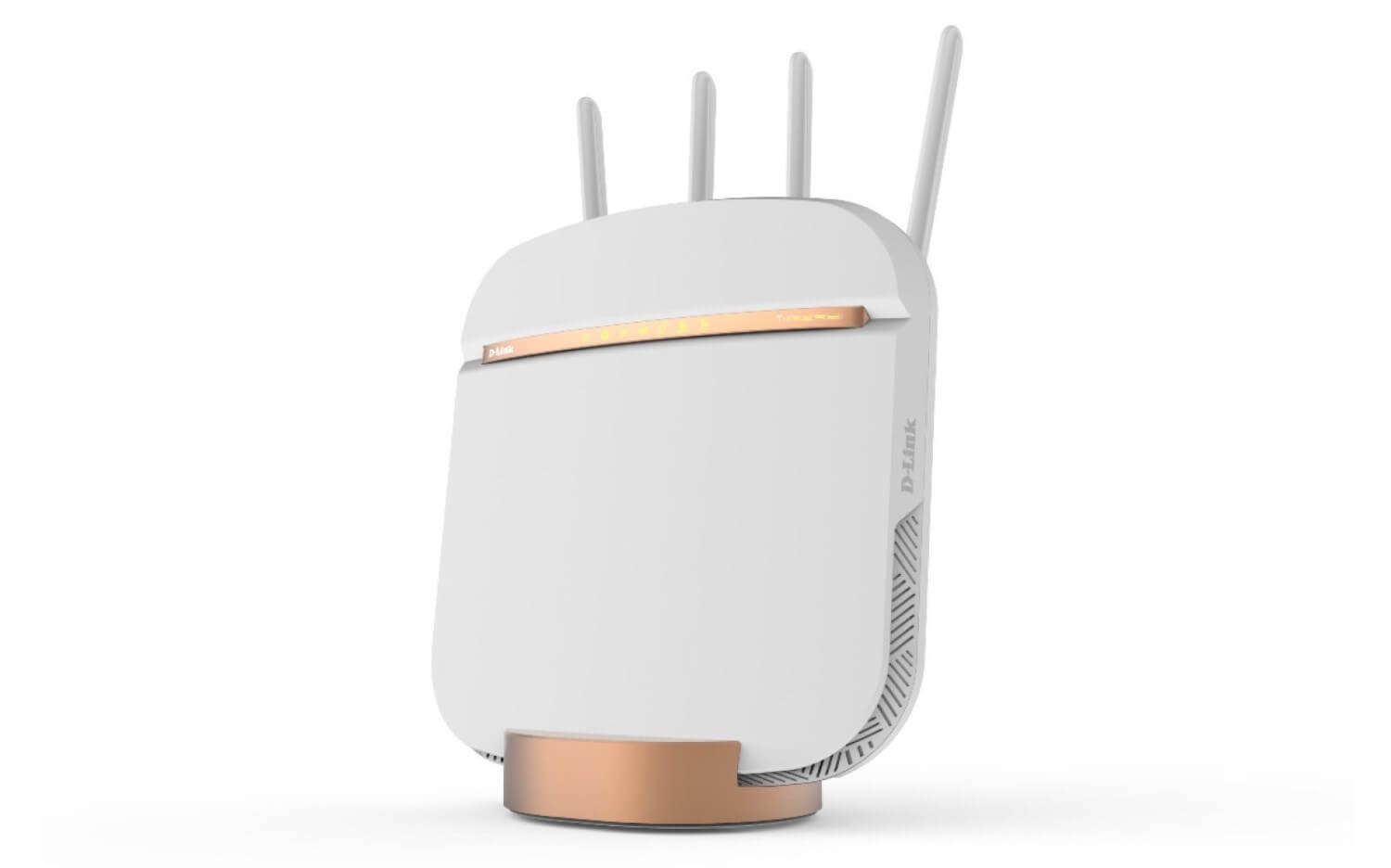The big picture: With everyone jumping on the bandwagon before it's even ready, there's no chicken and egg problem for 5G. Phone manufacturers are working on handsets despite giant sizes and massive power requirements, internet providers are rolling out networks with half-baked technology and to take advantage of all this goodness we now have the superfast D-Link DWR-2010 5G NR.
Based on the Qualcomm X55 modem, the DWR-2010 router is designed to be plug and play. Once powered up and connected to a 5G network (if that's available in your area) the router is capable of receiving up to 3Gbps bandwidth, which D-Link says is over 40 times faster than the US average of 70Mbps.
As one of D-Link's most high-end offerings, the router will come with plenty of bells and whistles designed for power users, such as compatibility with D-Link's mesh networking system, remote management and plenty of configuration options. Wired connectivity includes one 2.5Gbps LAN port, a 1Gbps WAN/LAN, and three 1Gbps LAN ports.
Clearly expecting 5G networks to be inconsistent at launch, the DWR is compatible with both the 5G mmWave specification for 800Mhz bandwidth and 2x2 MIMO and the sub-6Ghz specification which supports 100Mhz bandwidth and 4x4 MIMO. This actually opens up the possibility of using the router on the go, such as taking it to a LAN party or on holidays.
The DWR will go on sale in the second half of 2019, giving it plenty of time until there is broader 5G coverage, with pricing to be revealed at launch. The key selling point here would be getting plug and play broadband in households where internet access is not easily accessible or where a single ISP is available and it's not good or desired. Then, assuming 5G is available and its cost is reasonable, broadband over the air becomes a real alternative.
However, the router isn't the only D-Link announcement for CES 2019.

D-Link's Google Assistant-compatible smart water detector is powered by AA batteries and can connect to Wi-Fi to warn you of leaks wherever it's positioned, such as under a heater, pipe, sink or bath. Also they are launching new indoor and outdoor smart plugs for lighting and small appliance control.
We've seen other similar offerings that have proved very popular with consumers (and are relatively inexpensive), making plugs controllable via Wi-Fi from your smartphone and in the case of D-Link's offerings, compatible with Alexa, Google Assistant and IFTTT. At this rate, there'll be nothing left in the house that isn't 'smart.'
